Digital is truth and film is memory. For me, this is a simple way to describe the visuals of most photography I encounter. Digital images are crisp and fine. The images produced by digital cameras today possess a hyper-realism rendered with such clarity and precision that it outshines even the keenest of eyes. For film, an embrace of grain and imperfection can add a layer of nostalgic haze to a picture that I find easier to relate to on an emotional level.
By all measures and in the right hands, both mediums are capable of broaching the other’s specialty. Fast-paced street shooters who ignore the need for perfect exposure and absolute focus can achieve a film look with any pixel-producing black box, and on the flip side, the methodical approach of large-format analogue work has the capability to resolve details that digital technology is still perhaps decades away from improving upon.
But as a general truth, this simple distinction of digital and film as truth and memory respectively is how I simplify a very difficult question about aesthetics into something problematically binary. However, to quote the great patron saint of early 2000s teenagers, Donnie Darko, “You can’t just lump things into two categories. Things aren’t that simple.”
I fully agree! So if I am to extrapolate just one layer deeper (and I know you’re all just begging for more aesthetic mathematics for the insane), I would add this; If digital photography is truth, and film photography is memory, then black-and-white photography is the embodiment of dreams.
Again, we’re painting with extremely broad strokes here. I know generalizations can be bad, but for the purposes of the specific book I am about to discuss, the generalized point is relevant. I believe this particular artist is one of the few people with the ability to give vision to this idea.
In 2020, Ogawa Yasuhiro released The Dreaming. A book spanning 27 years and nine different countries, it is impressive in both scope and travel, but it is perhaps its restraint that stands out the most. Unlike what many would expect of a book of this description, it is small at just 108 pages. It extends less than 25cm in either direction. Rather than attempt to encapsulate all that a vast region such as Asia could contain – the specificity of cultural difference, the nuance of identity, the architectural diversity – Ogawa pushes the boundaries in the opposite direction.
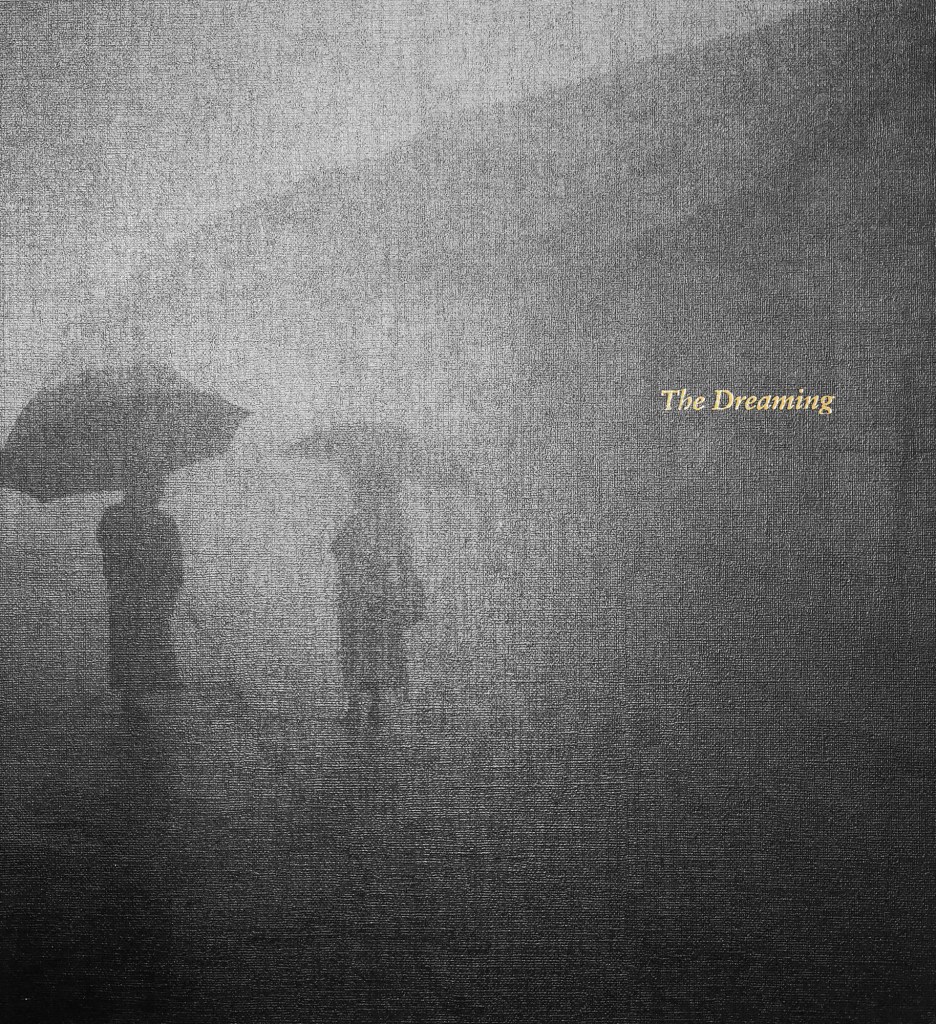
Somehow, a lifetime of work appears as one, the areas blend together to form a singular view, a distillation of memories appear on the page much as I imagine they appear in his own mind – a series of foggy and general imagery, specific flashpoints of pure clarity, a collection of truths that have come into question over time.
Ogawa has defined and refined a singular aesthetic of work over a huge period of his life, and with the benefit of distance and hindsight set out to make a book which does not interrogate but rather blur. Ogawa stated that the impetus for this book was that he turned fifty years old last year, and like any man of a certain age, was keen to revisit his youth.
As life progresses, memories are called into question. They shatter and fragment. They refract through both the emotions of the time in question, and the wisdom acquired through experience. With photographs, we aim to grab on to individual moments so that they may never be forgotten. But Ogawa’s contrast-heavy images embrace the haze of time as much as they do the cloudy landscapes themselves. A couple stand on a train platform. A television is reflected in a hotel room window. Razor-sharp portraits appear against muddied, unclear landscapes.
This book is as much about the failures of photography to represent memory as it is a travelogue of a young man’s decades-long journey through a continent. Much in the same way that photography freed painting from its commercial dependency on representing truth and reality, Ogawa attempts to free his own past work from accurate memory and instead pushes it towards the ocean of dreams. It is ambitious in its attempt to oppose other collections of work which attempt to define a location or people or idea, and instead nuzzles down between the cracks of definition, into the little grey areas of uncertainty. This is not Steve McCurry’s India or Bruno Barbey’s Morrocco, and it is all the better for it.
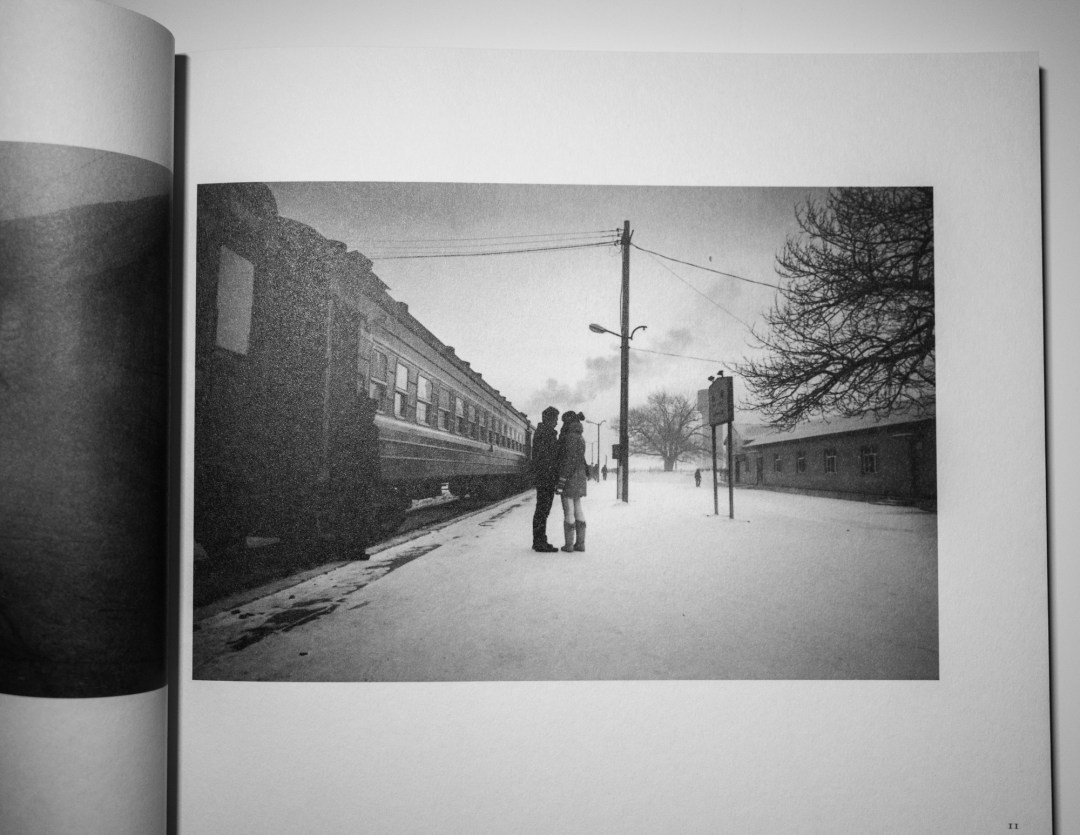
Ogawa is no stranger to working within the space of memory either. His latest book, Cascade, tackles the subject of his mother’s death a few years ago, his memories of her, and the 8mm films he found among her belongings. His first book, Slowly Down The River is more documentary, and perhaps better fits into that classic photojournalist style associated with Magnum’s finest, but according to Ogawa in an interview with Tokyo Arts it was not something he wanted to pursue further.
Yet, a lot of the images that appear in The Dreaming are from this same period in his life, so you get this awareness of style and documentary technique, yet a sage aftertaste of a person trying to distance himself from it as well. There is a reluctant acceptance that the images within this book have a non-uniform style (and as they were shot over nearly three-decades, how could one expect uniformity?), but an attempt at editing, processing, sequencing grants them a central idea and a foundation of structure – even if that structure attempts to conceal more than it puts on display.
I believe a lack of context is Ogawa’s sharpest tool, and it is with this that he brings you into a painterly world of familiar yet difficult to recall scenes. A list of captions occupies the back of the book, but only after you have completed the journey are you rewarded with this seemingly critical information. For most books, this decision to leave captions until the end would hardly be considered a decision at all. Most books tackle singular topics, or are abundantly obvious that the images are unconnected, or simply they can stand alone. For most books, the back is simply where the captions go. But for The Dreaming – an unusually small collection of many years spent traveling many countries – it adds a layer of mystery that further pulls the images from reality, adds an extra question, an extra moment to pause and think “What am I looking at? Where is this?”
The final frame in the book, a Fukushima train passing between two mountains, is my personal favourite. The artist’s viewpoint is high, unusually so as the top of a tree occupies the foreground, and the artist is also seemingly exposed to weather as white dashes of snow streak across parts of the frame. It is detached. It’s as if you’re floating above the scene like an out of body experience. It haunts me in much the same way a barely remembered dream does after I wake. There is a realization that I was asleep, but that doesn’t make the dream seem any less real.
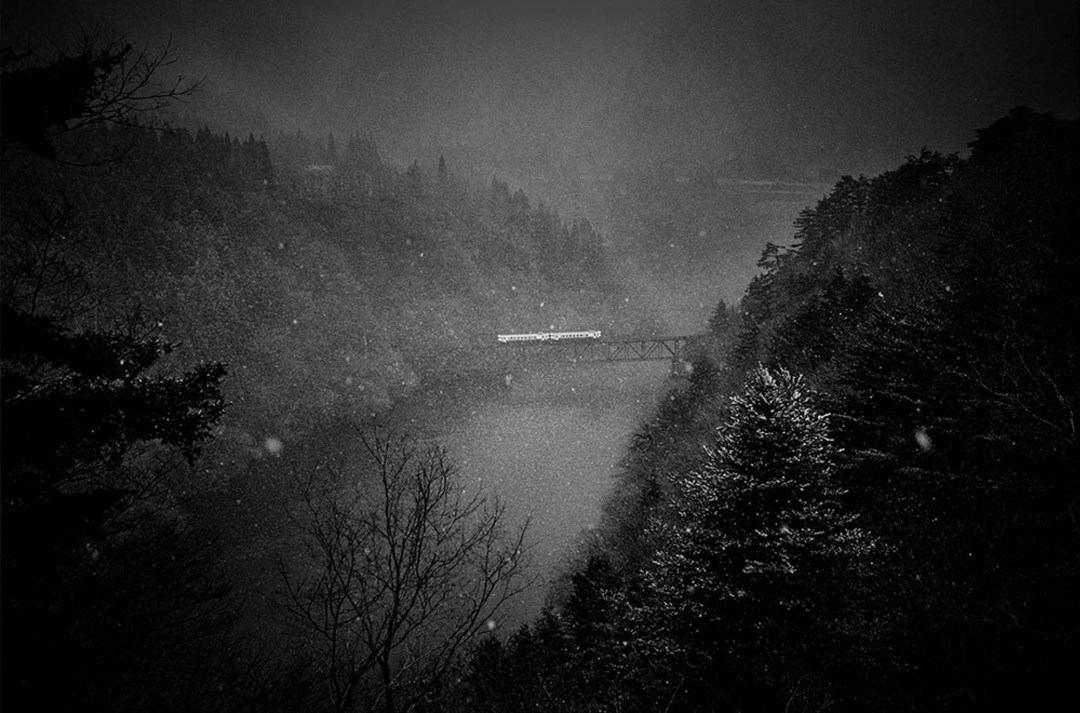
Where to buy The Dreaming by Yasuhiro Ogawa
Shashasha.co ($38 plus shipping from Japan)
Photobookstore.co.uk – ($61 plus shipping from UK)
InbetweenGallery.com ($49 plus shipping from France)
UnobtainiumPhotobook.com ($38 plus shipping from US)
Direct from the artist ($34 plus tax, plus shipping from Japan)
Browse Amazon for more great photo books
Follow Casual Photophile on Facebook and Instagram
[Some of the links in this article will direct users to our affiliates at B&H Photo, Amazon, and eBay. By purchasing anything using these links, Casual Photophile may receive a small commission at no additional charge to you. This helps Casual Photophile produce the content we produce. Many thanks for your support.]

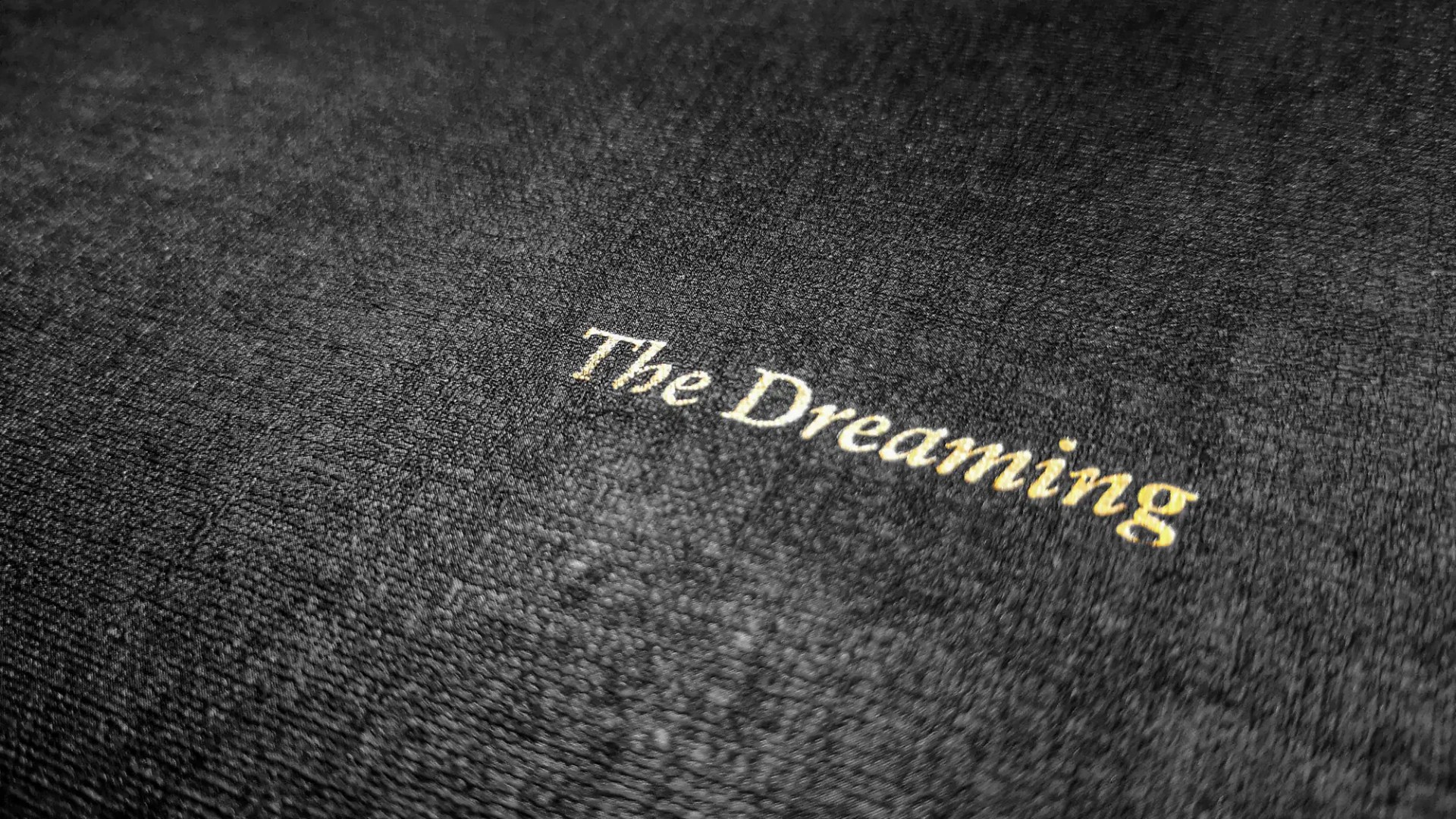
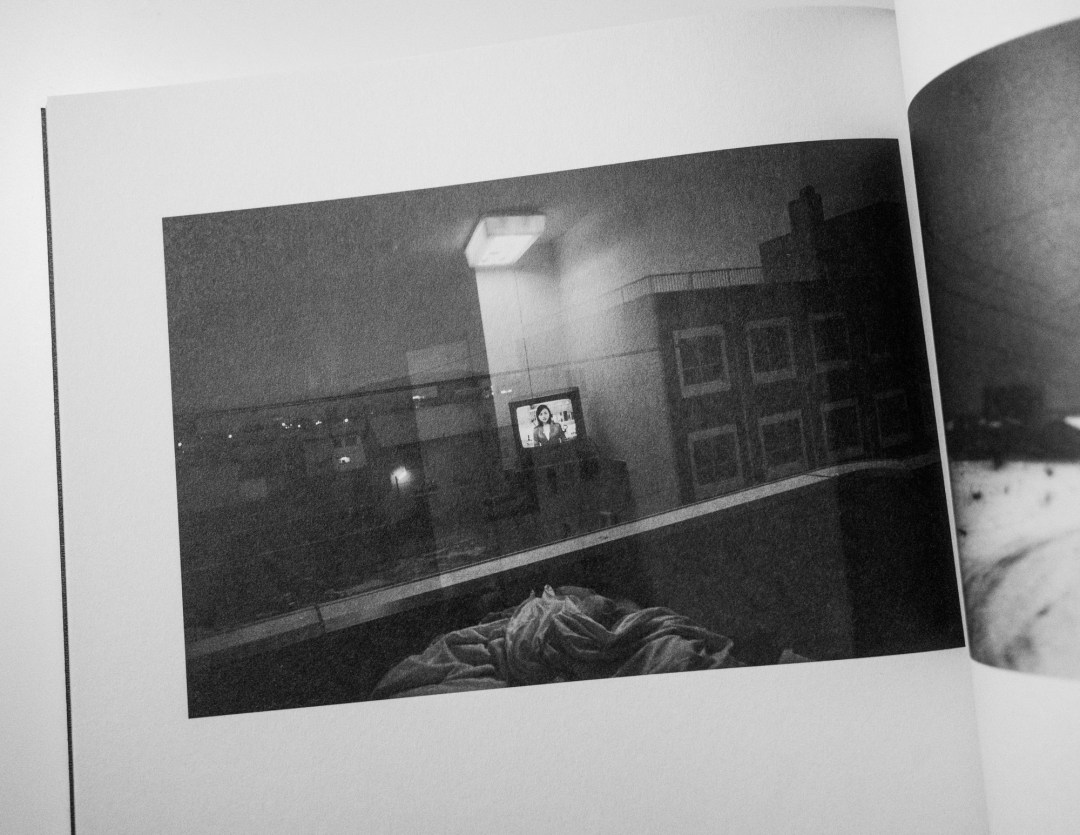
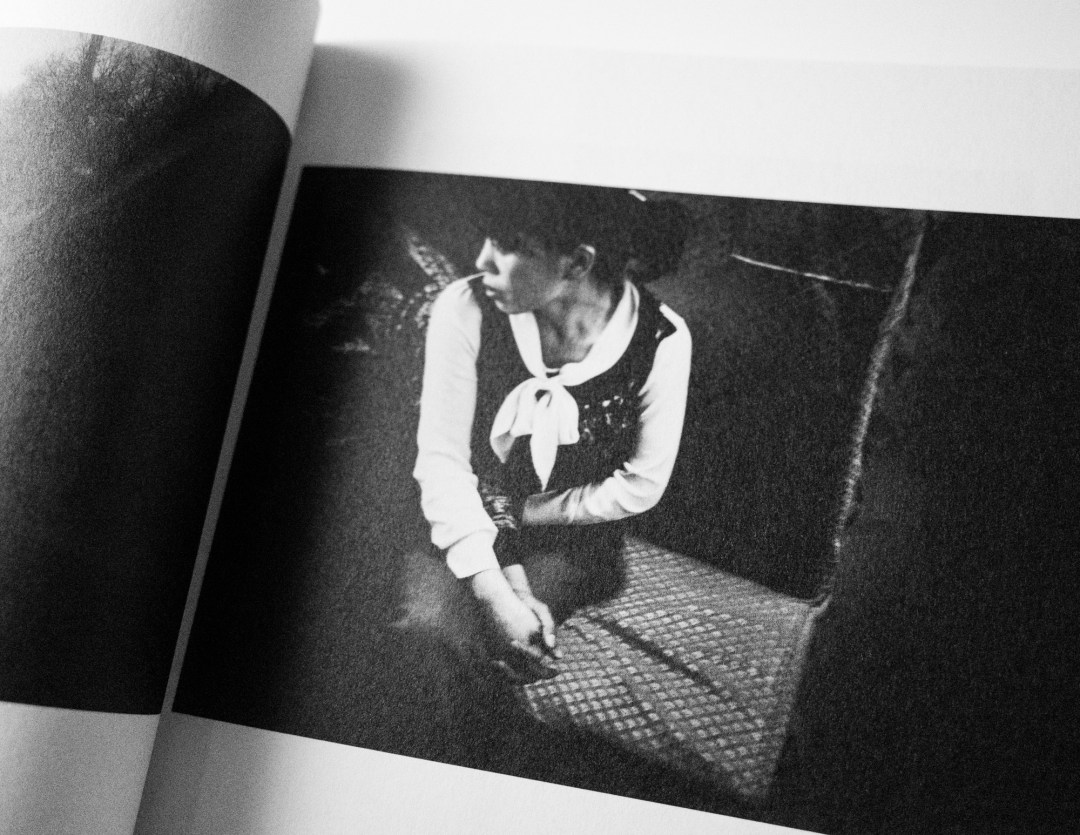
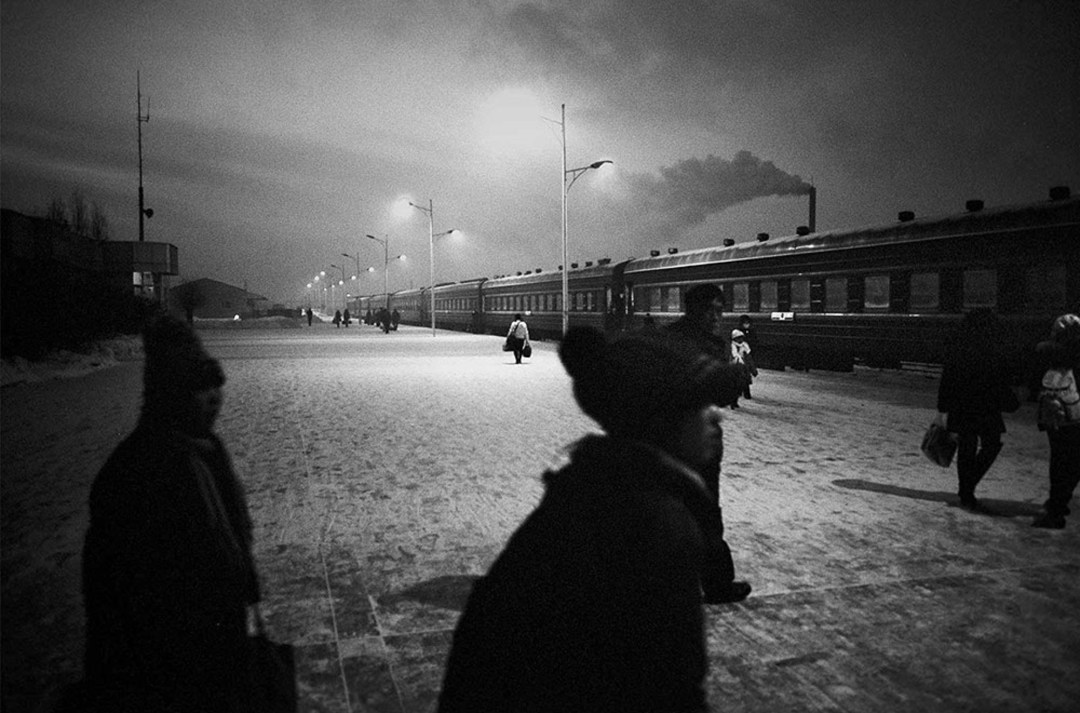
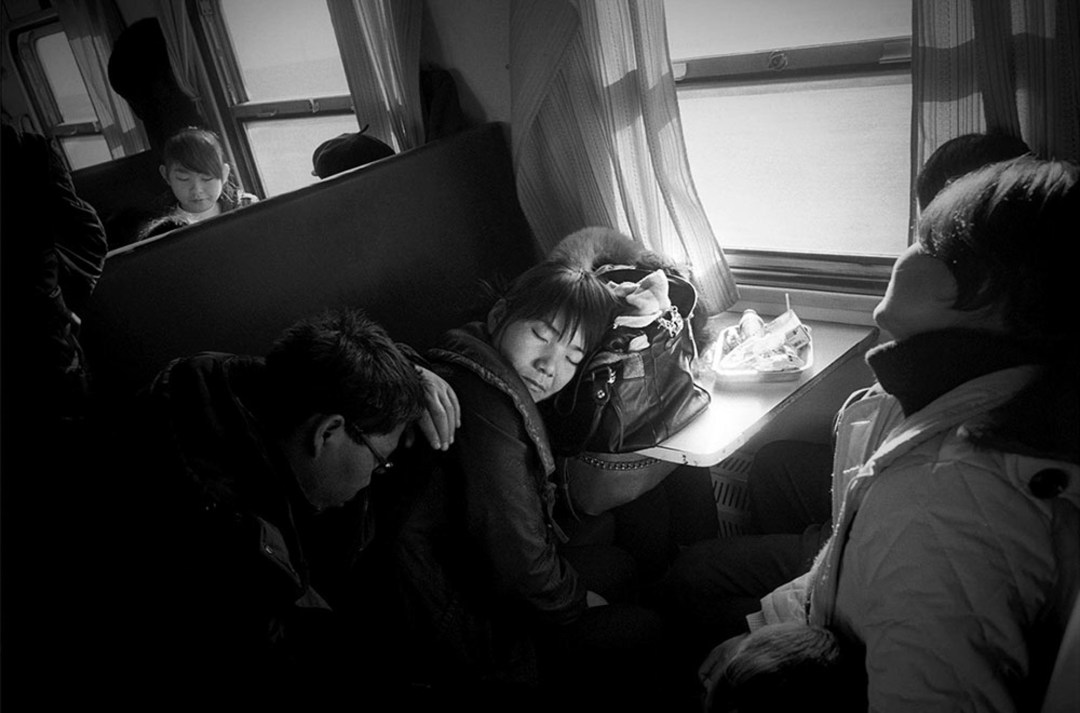

I bought a copy of this title with a print several months ago. It’s an absolute sumptuous piece of work and one of the finest in my meagre collection of photography books. So glad to see it get more publicity.